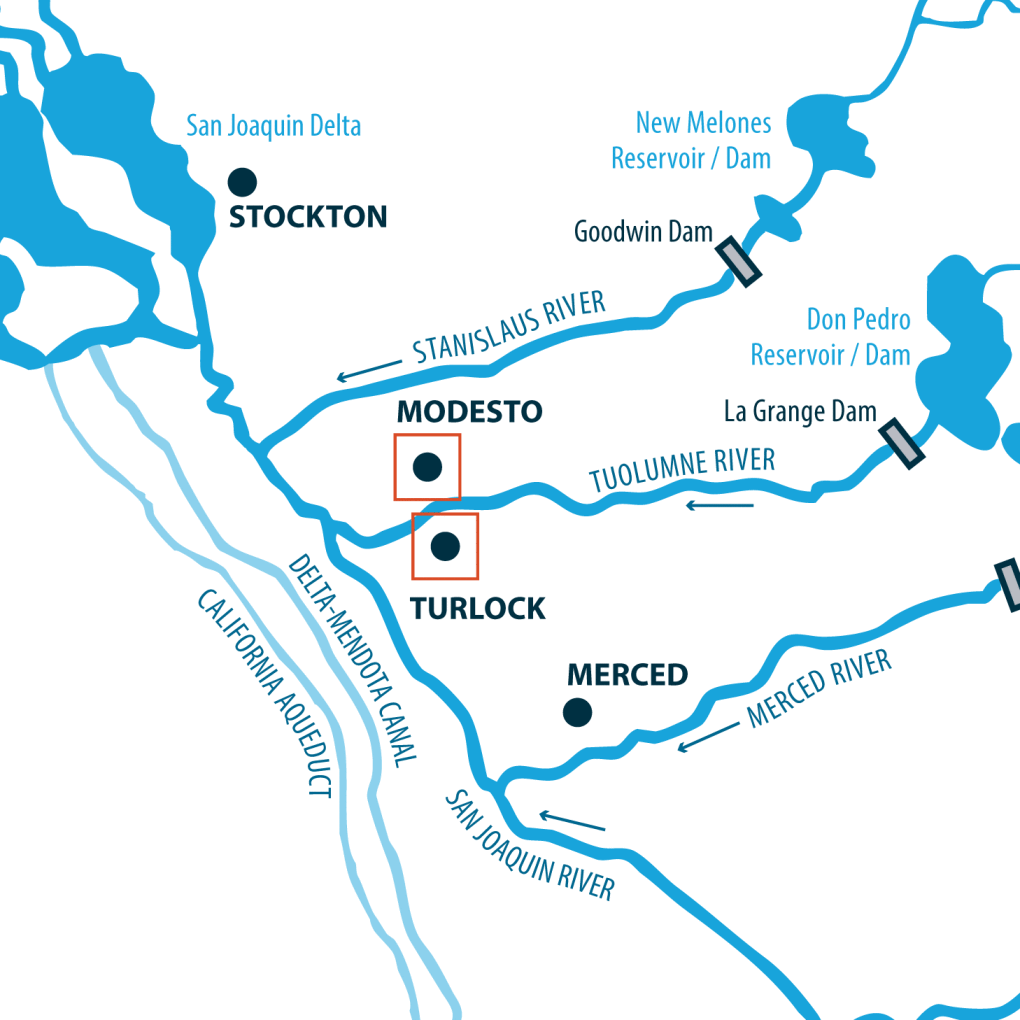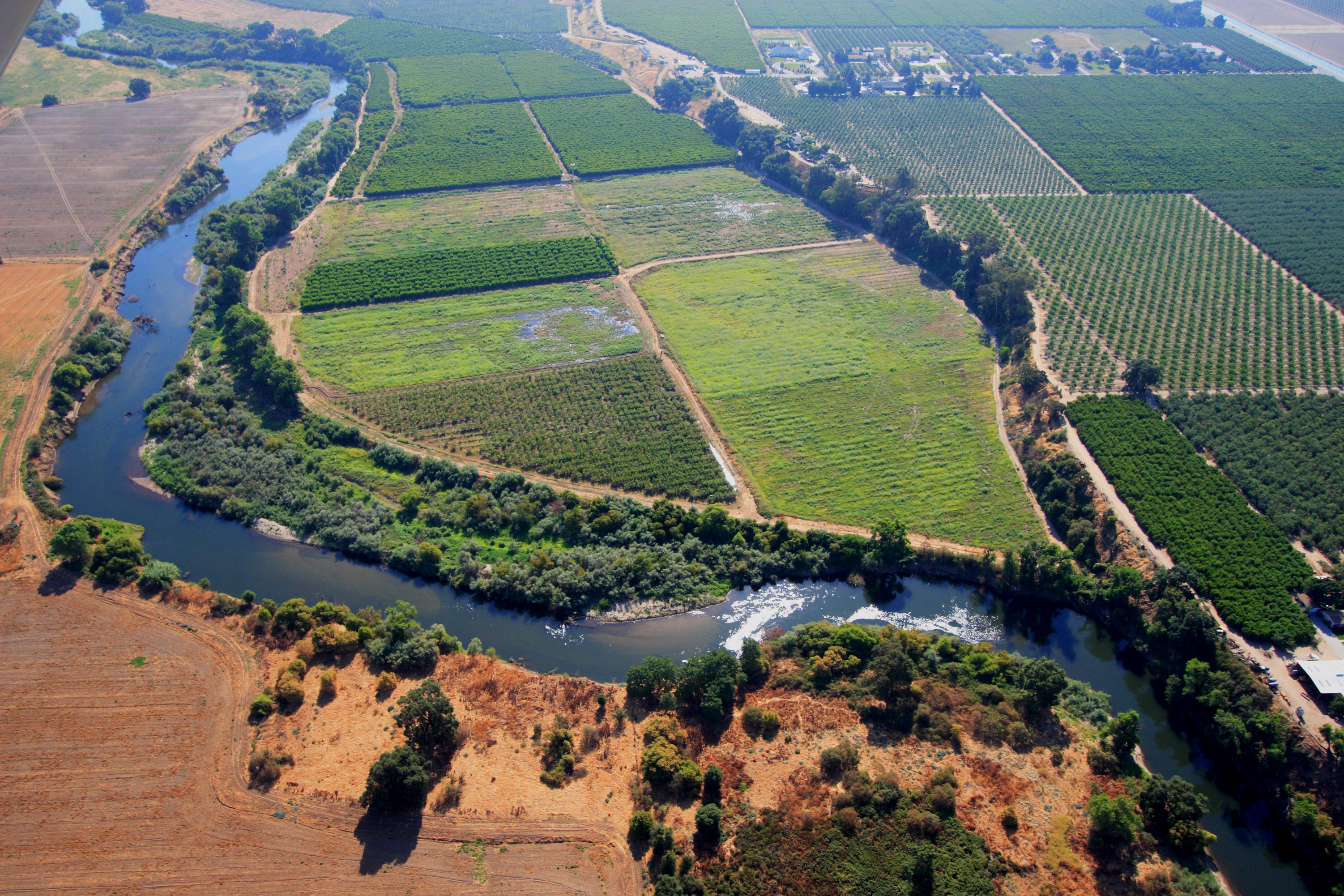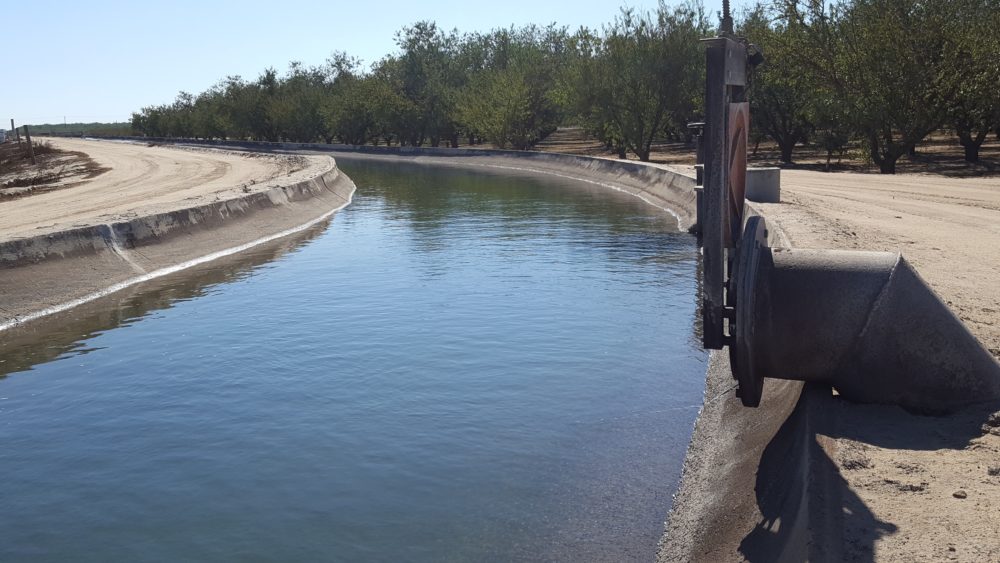Pyrethroid Review Deadline Nearing
Pyrethroid Review Commenting Deadline is March 31
By Patrick Cavanaugh, Farm News Director
The EPA is reviewing the pyrethroid class of crop protection materials and it’s concerning the Ag industry, which often turns to the materials as part of an integrated pest management strategy – recommended by the University of California.
David Haviland – an entomologist with UC Cooperative Extension Kern County – said he is not too concerned with the EPA review.
“Every pesticide should be periodically reviewed to make sure that all new information about a product gets reconsidered. Our ability to test for products changes over time. Our experience with products changes over times. The role of products changes over time, so a re-review is warranted. I don’t have any concerns with that,” Haviland said.
Of course, the big question is what is the current role of pyrethroids in the grower’s toolbox?
“It absolutely has a role. The best way to manage pests we know is through integrated pest management, and integrated means using lots of different tactics. Sometimes, there’s a way to control a pest completely with biological control, sometimes there’s a cultural control, but there are cases where pesticides are needed,” Haviland said.
“There’s a time and a place for a very soft surgical strike against one-species pesticide and there’s also a time and a place for a product that can kill two or three or four different pests at the same time. Sometimes, those broader spectrum products are the only ones available for certain pests,” Haviland explained.
“Pyrethroids fit that role as the last group of broad spectrum products that are effective on a wide range of pests, particularly with organophosphates, which is being phased out of most crops,” Haviland said.
There is time to comment on this EPA review – and this time expires March 31, so it’s critical for anyone who needs these pyrethroids as an IPM strategy to go to www.defendbifenthrin.com and post a comment.





























